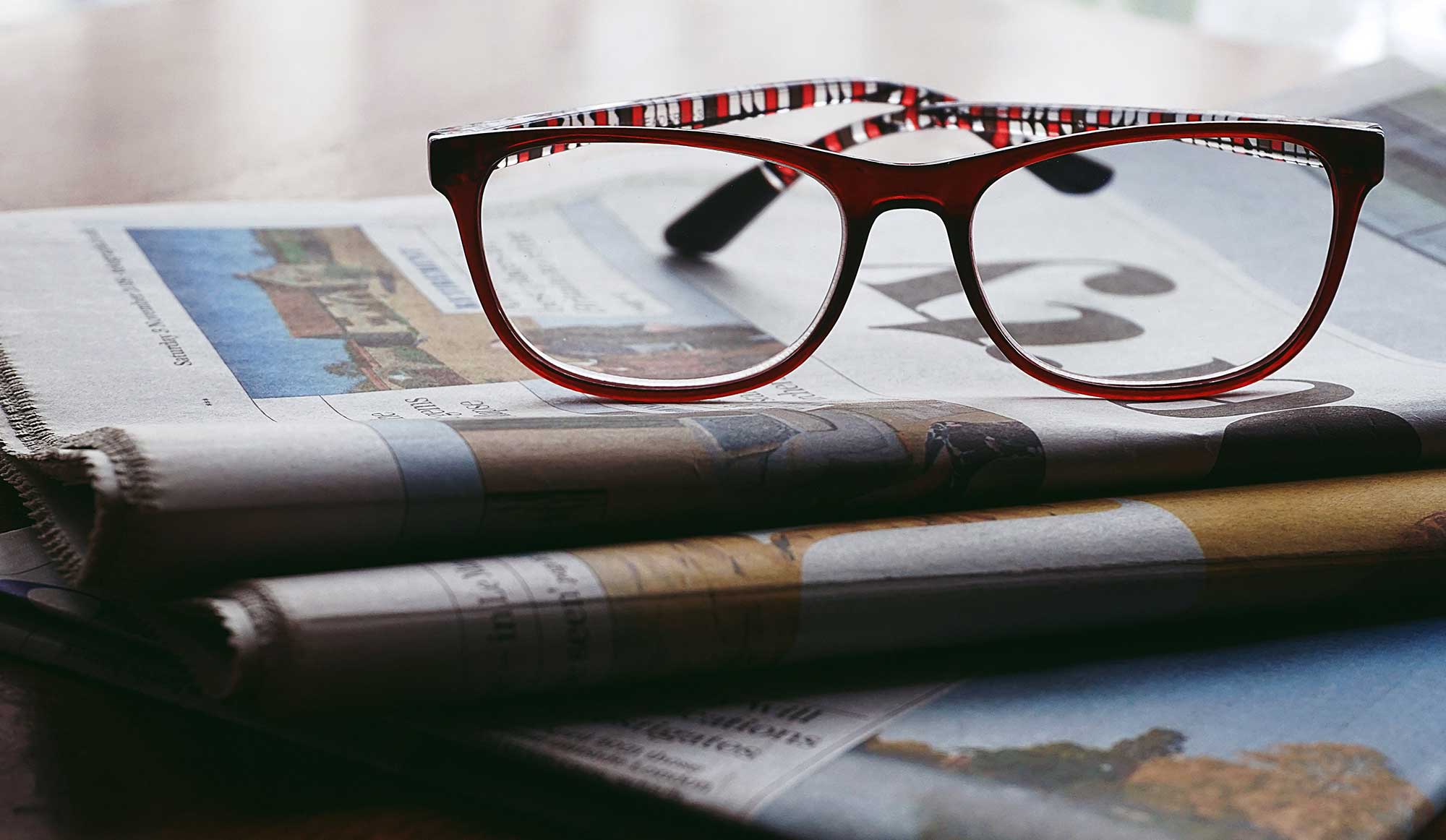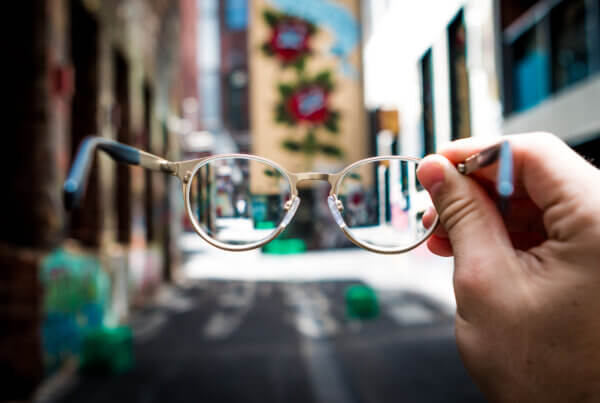29
What You Should Know About Myopia Degeneration
Myopia degeneration, more commonly known as nearsightedness, occurs when your eyes can clearly see things nearby but things far away appear blurred or fuzzy. If you struggle with myopia, reading books or looking at computer screens are not a problem. But you’ll likely have a hard time reading a distant street sign or looking at a wall clock across the room.
Fortunately, this degenerative eye condition can be slowed with corrective treatment. Talk to your eye doctor for recommendations about which treatment option will work best for you.
Myopia Medical Definition
Myopia is a type of refractive error created by an elongated eye shape. The length of a myopic eye causes the focal point of light entering the eye to fall short of the retina. Because of this, your brain is unable to render a sharp visual image of the signal that your retina and optic nerve are transmitting. Your brain does the best it can with the information it is provided, but without focus of light directly on the retina, distant objects will appear blurry.
Myopia Causes
Experts suspect myopia occurs for both genetic and environmental reasons. Since the 1950s, the condition has been increasing quickly across our modern world, currently affecting somewhere between 20-30% of people in the West. This fact suggests that environmental factors play an important role in its increasing development.
Some studies indicate myopia is related to near-work activities. The near work hypothesis suggests that individuals spending large amounts of time viewing things at close range will strain the eyes and increase the risk of myopia. Given the increased amount of time we spend indoors and in front of screens, this seems to be a plausible explanation.
Myopia Symptoms and Diagnosis
People suffering from nearsightedness commonly experience symptoms such as:
• Headaches
• Blurry distance vision
• Squinting
• Eye discomfort
• Eyestrain
• Fatigue when driving
A standard eye examination can determine whether or not you have myopia. In the examination, the eye doctor will assess your vision by having you read a chart of letters and numbers. To test your eyes, the doctor will ask you to read the chart through a variety of prescriptive strength lens. The doctor will also examine the inside of your eyes and retinas, as well as corneas and lenses.
If you are diagnosed with myopia degeneration, the doctor will measure the current extent of the refractive error. The measurement will be given as a negative number, with a larger negative number corresponding to a stronger prescriptive lens correction.
Myopia Treatment
Treatment options will help your eye by restoring the light focal point directly onto your retina. There are several options: You can get myopia glasses (eyeglasses to correct your nearsightedness), contact lenses, or refractive eye surgery. Surgery is an option only if you are a good candidate based on the doctor’s evaluation of your eyes and overall health. The benefits of surgery are permanent, and you will not need glasses or contacts.
Good vision and eye health are important to your everyday quality of life. If you are experiencing problems with your vision, call us to schedule an examination today.






